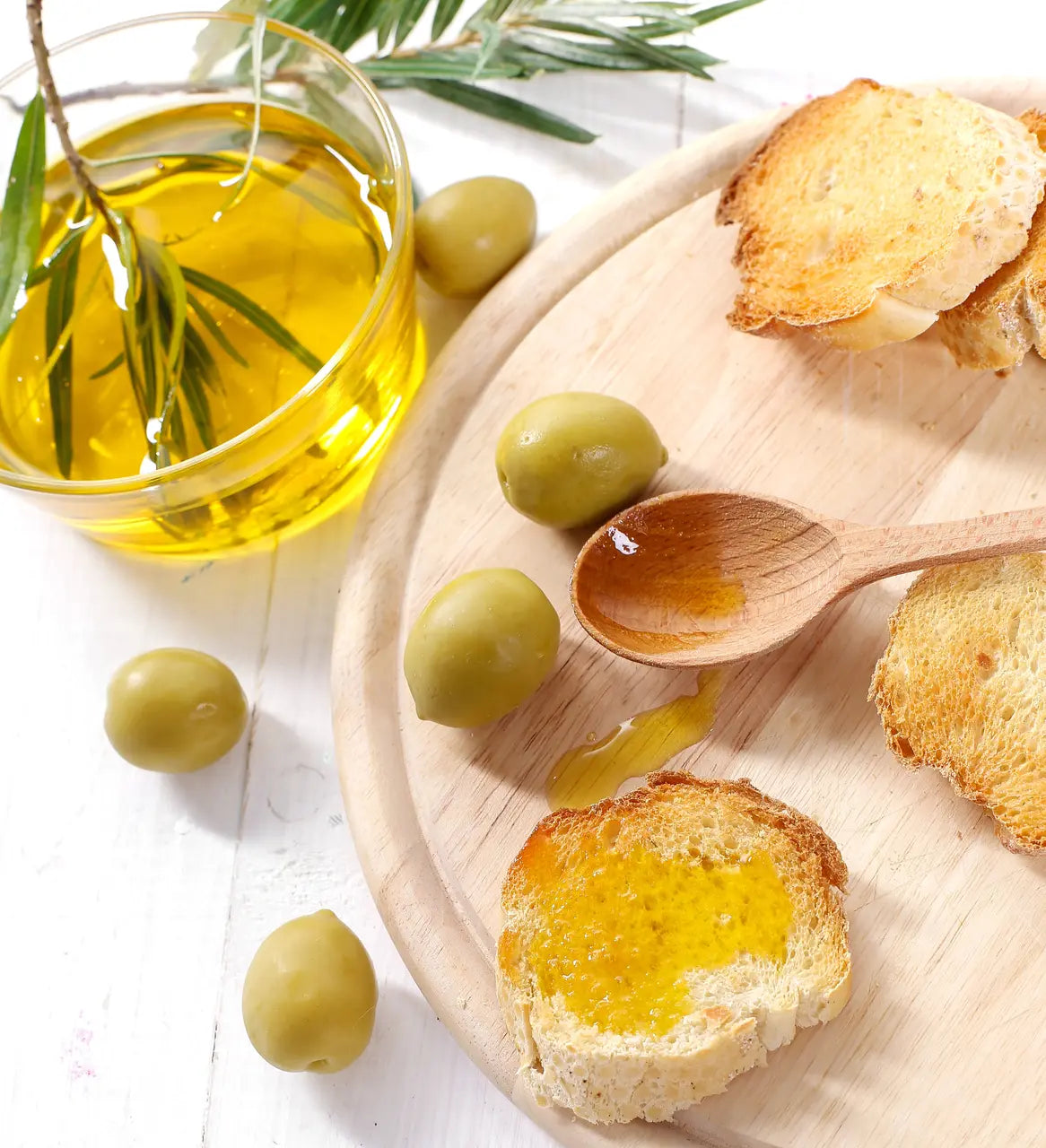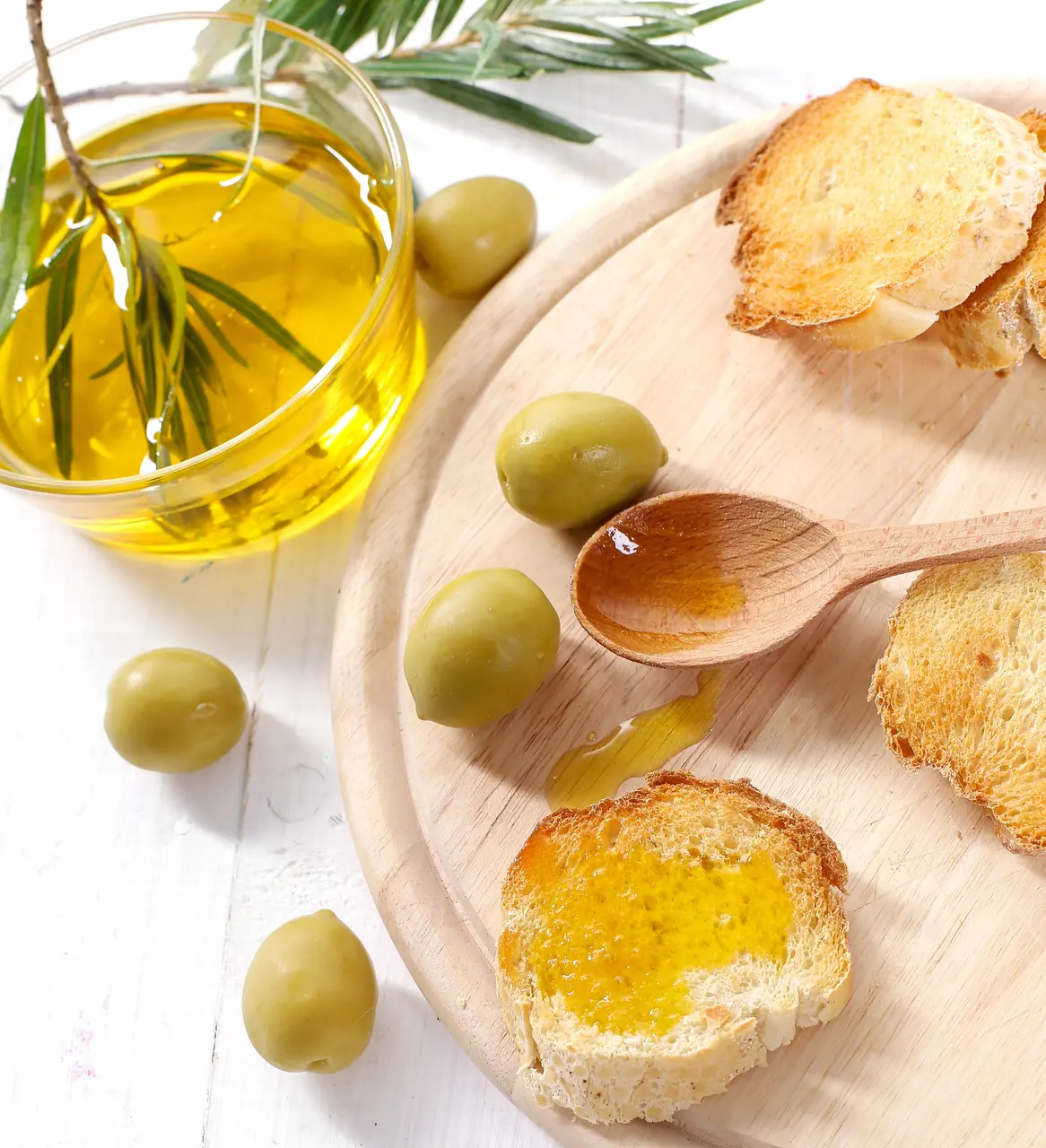Imagine embarking on a sensory journey that transforms your appreciation for a kitchen staple into a deep, nuanced understanding. Olive oil tasting is not just for the gourmets or the chefs; it’s a fascinating voyage for anyone willing to explore the rich tapestry of flavors, aromas, and textures that high-quality olive oils can offer. Dive into this experience to elevate your culinary skills, refine your palate, and perhaps, change the way you perceive olive oil forever.
Embarking on the Olive Oil Tasting Journey
Setting off on your olive oil-tasting journey begins with curiosity and an open palate. Olive oil, while often relegated to the status of a simple pantry staple, harbors a complexity akin to wine. Each variety tells a story of its terroir, the age-old traditions of its makers, and the innovative practices transforming its production. As you embark, you engage not just your taste but also your sense of smell and sight, preparing to uncover the subtle nuances that differentiate a merely good oil from an exceptional one.
Understanding the history and the cultural significance of olive oil enhances the tasting experience, linking every drop to its ancient origins. This initial step opens a door to a world where every flavor and aroma carries the whispers of past and present, inviting you to explore with all your senses.
Understanding the Basics of Olive Oil
Before diving into the depths of tasting, a foundation in the basics of olive oil is essential. This includes familiarizing oneself with the different grades of oil, from extra virgin to pure or light olive oil, and understanding how these differences affect both flavor and usage in cooking. Extra virgin olive oil, acclaimed for its quality and taste, stands at the pinnacle of olive oils, made without chemicals or excessive heat to preserve its natural flavors.
The process of olive oil production, too, is paramount in understanding what makes each bottle unique. From the type of olives used to the timing of their harvest and the method of extraction, every step influences the oil’s character, offering a glimpse into the art and science behind your culinary companion.
The Sensory Art of Olive Oil Tasting
Olive oil tasting is an art form that engages the senses to discern the quality and characteristics of the oil. Professional tasters use a specific vocabulary to describe the oil’s attributes, from ‘fruity’ and ‘bitter’ to ‘peppery’ and beyond. These tastings often occur in a controlled environment to minimize distractions and enhance the sensory experience.
For the aspiring connoisseur, beginning with a simple tasting at home can illuminate the depth of olive oil’s flavor profiles. Using a small glass, warm the oil in your hands to release its aromas, then inhale deeply before tasting. Let the oil coat your mouth to discover its flavors and textures. This exercise not only hones your tasting abilities but also deepens your appreciation for this versatile ingredient.
Deciphering Olive Oil Labels: Regions, Varieties, and Presses
Navigating the world of olive oil labels is akin to understanding a new language. The region of origin, variety of olive, and type of press used all contribute to the oil’s final character. Labels bearing the name of a specific region, much like the appellation d’origine contrôlée (AOC) system used for wine, can signify a higher quality oil with unique regional flavors.
Learning to interpret these labels allows enthusiasts to discover oils that best suit their culinary style and palate. From the peppery zest of Italian oils to the smooth, buttery finish of Spanish varieties, each oil offers a distinct tasting experience. This knowledge not only enhances the enjoyment of olive oil but also empowers consumers to make informed choices.
Mastering the Tasting: Techniques and Tools
Mastering olive oil tasting techniques requires practice and the right tools. A darkened-tasting glass is standard among professionals to focus on the oil’s smell and taste without visual bias. Swirling the oil gently warms it, releasing a bouquet of aromas. Sipping it allows the oil to spread across the tongue, touching different taste centers. After tasting, notes on acidity, bitterness, and fruitiness, among other characteristics, are made, refining the palate and enhancing the ability to discern subtle differences.
From Tasting to Table: Incorporating Olive Oil in Your Culinary Creations
The journey from tasting to using olive oil in kitchen creations is filled with endless possibilities. High-quality olive oils can transform a simple dish into something extraordinary with just a drizzle. Beyond its application in dressings and marinades, experimenting with olive oil in baking, frying, and even in desserts can yield surprisingly delightful results.
This section of the journey encourages the application of your newfound knowledge, playing with flavors and textures to discover the versatility of olive oil in culinary arts. It’s an invitation to let creativity flow, using olive oil not just as an ingredient, but as an inspiration.
Joining the Olive Oil Connoisseur Community
The end of this journey does not mark the end of discovery. Joining a community of olive oil connoisseurs opens up a forum for sharing experiences, learning about the latest in olive oil production, and celebrating the rich diversity of this ancient ingredient. Whether it’s through attending tastings, participating in forums, or simply sharing a meal with fellow enthusiasts, the connections formed can enrich your olive oil journey with shared knowledge and new friendships.
Embarking on a Culinary Adventure
As our journey from olive oil-tasting novice to connoisseur concludes, it’s clear that this adventure offers more than just an education in tasting; it provides a deeper understanding of culture, agriculture, and culinary art. Whether drizzling it over a simple salad or integrating it into an elaborate dish, the rich, multifaceted world of olive oil adds depth and character to every meal. Embrace this newfound appreciation and let it guide you to explore, create, and enjoy the sublime essence of olive oil in your culinary creations.







